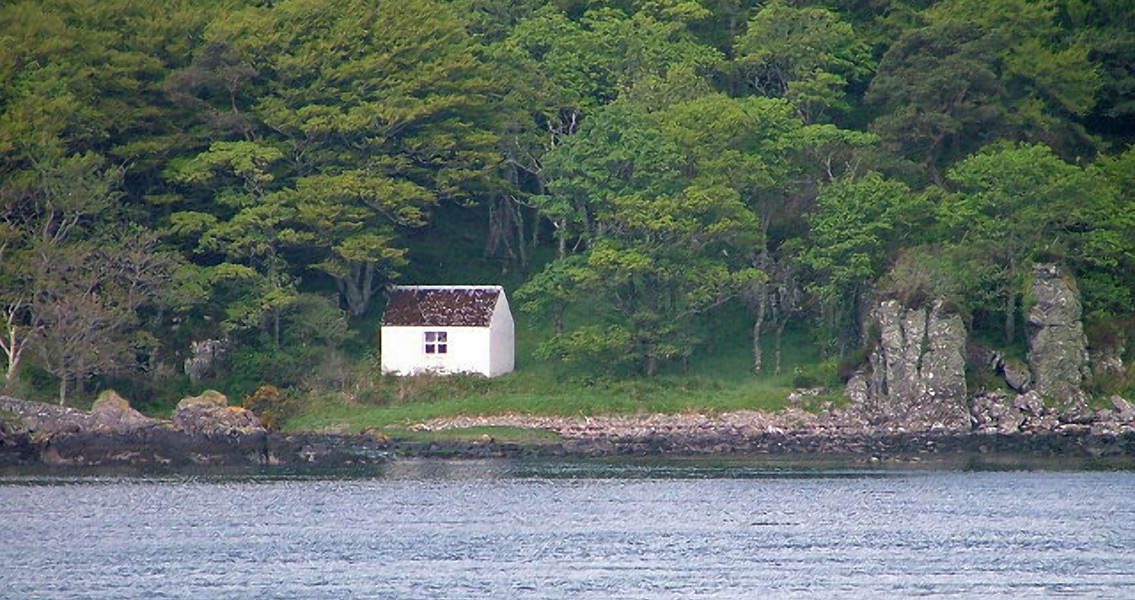<![CDATA[An archaeological study conducted by scientists from the University of Reading has discovered a set of stone tools in Scotland dated to 12,000 years ago – a full three millennia earlier than the region was thought to have first been inhabited. Researchers made the discovery in 2013 in the Inner Hebrides during an excavation of Rubha Port an t-Seilich on the island of Islay. Tools uncovered on the site included sharpened points for hunting large game animals like reindeer, scrapers likely meant for cleaning and preparing skins, and other tools as well. The region was first discovered to be a source of Ice Age artifacts when a group of pigs rooting around the coast of Islay stumbled across the stone tools in 2009 – certainly a unique way to make an archaeological discovery. According to a press release from the university, the tools bear the distinctive marks of the Ahrensburgians, a coastal foraging people that thrived in northern Europe during the time to which the tools have been dated. Cultural sites have been discovered in Scandinavian countries such as Sweden and Denmark, confirming the unexpected: the Ahrensburgian people were accomplished seafarers even during the Ice Age. The dig site on Islay may be one of the most well-preserved Mesolithic sites in the country, according to archaeologists. The number of stone tools found on site, along with a fireplace, the bones of several animals and the remains of countless plants, have all been uncovered. However, it wasn’t until the final day of the dig that the researchers discovered a cache of tools that were thousands of years older than those discovered in the rest of the find. Dr. Karen Wicks, a professor from the university’s Department of Archaeology that helped to lead the dig, remarked that while the finds from the Mesolithic were fantastic, those found beneath them were truly breathtaking. The evidence is unequivocal, according to the scientist, that people were present in Scotland a full 3,000 years earlier than any and all previous indications. The discovery shifts Islay back into the Paleolithic era, which is older than the Mesolithic. A new technique referred to as tephrochonology was employed to date the Paleolithic finds, a process which involves the analysis of volcanic ash on a microscopic level. Scotland was regularly bathed in ash clouds from volcanoes erupting in Iceland which deposited layers of ash over the countryside, each with a unique chemical composition. Presence of this ash in or on the tools or nearby them can be used to date the origin of these tools accurately, as many of these volcanic eruptions have been dated in the past. In the case of the Rubha Port an t-Seilich dig, there were many layers of this ash both below the artifacts and above them, making it easy to pinpoint the age of the stone tools to approximately 12,000 years old. Dr. Wick says that the researchers are eager to renew their excavation efforts on Islay. The archaeologist remarked that the team will be returning to the region in 2016. Image courtesy of Wikimedia Commons user: Mick Garratt]]>
12,000 Year Old Stone Tools Discovered in Scotland
